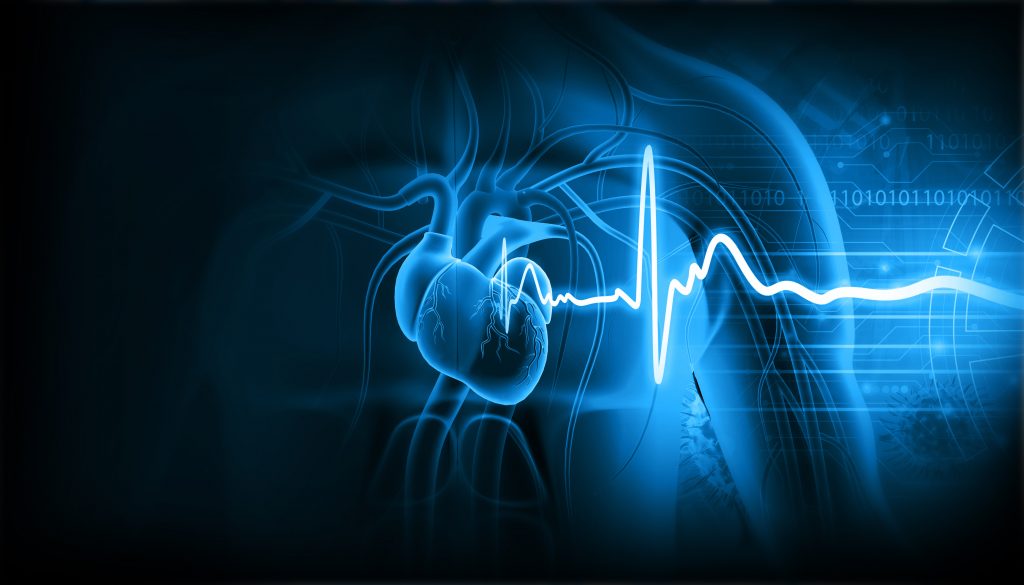Arq. Bras. Cardiol. 2022; 118(5): 925-926
Can Simple Echocardiographic Parameters Replace The ASCVD Probabilistic Model Calculation?
This Short Editorial is referred by the Research article "Simple Echocardiographic Parameters are Strong Predictors of the Cardiovascular Risk in Asymptomatic Individuals: Elsa-Brasil Cohort".
The study by Fernandes et al. used data from the ELSA-BRASIL Cohort. , It showed that in asymptomatic patients with no history of cardiovascular disease, echocardiographic measurements that are part of the daily routine of any echocardiography service are independently associated with the ASCVD predictor model. A total of 2,973 Brazilian participants without cardiovascular disease were evaluated between 2008 and 2010. The ASCVD score calculation used data produced in 2008-2010 and 2012-2014; echocardiography was performed exclusively at the initial moment (period 1). After multivariate logistic regression analysis, the echocardiographic parameters with statistical significance (controlled for body mass index, hypertriglyceridemia, physical activity, educational level and excessive alcohol consumption) were diastolic dysfunction, left ventricular hypertrophy, and left atrial volume indexed by body surface area. Left ventricular diastolic dysfunction was the strongest predictor of association with a high risk of cardiovascular events (ASCVD > 7.5%).
Diastolic dysfunction is a marker of cardiovascular events, including total mortality and hospitalizations for HF. In the ischemic cascade, diastolic dysfunction, symptomatic or not, is one of the earliest manifestations. It is also useful in identifying those patients with stage B heart failure. Echocardiography is the non-invasive, available and low-cost tool most used to evaluate this alteration. The major obstacle is that ventricular diastole mechanisms are complex, multifactorial, age-related, and subject to both acute and chronic hemodynamic and coronary flow changes. –
[…]
568

